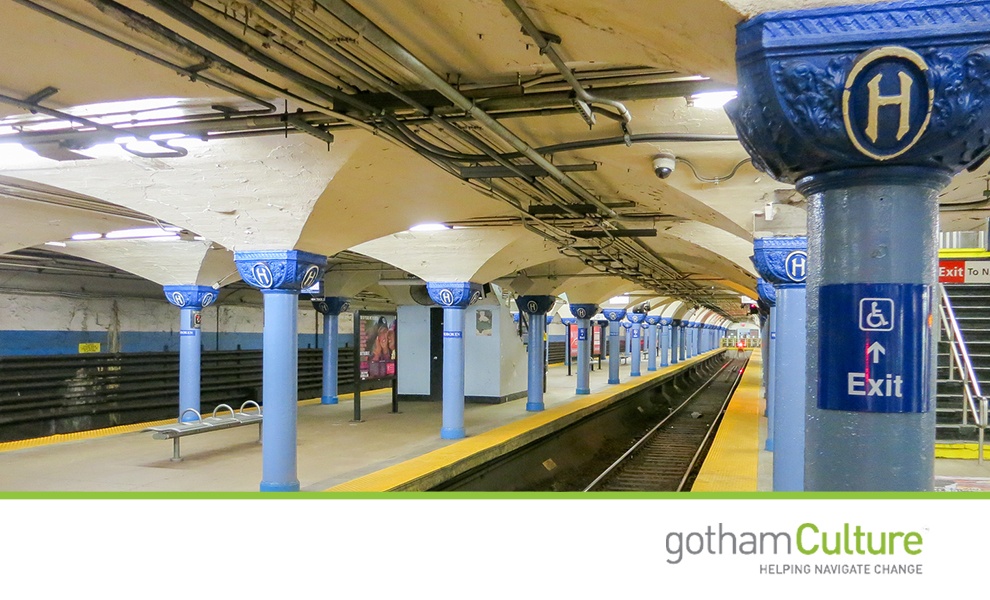To ensure travel happens without incident, state and local lawmakers must embrace technologies designed with safety in mind.
In late September, a New Jersey Transit train crashed into a Hoboken station. The crash killed one person and injured more than 100 others. Less than two weeks later, a Long Island Rail Road train derailed east of New York City and injured dozens of passengers.
These incidents are at the front of people’s minds, but they are hardly the only examples of recent transportation tragedies. The sobering reality is that there are thousands of accidents every year across the country that injure — and sometimes kill — people.
American transportation infrastructure is largely outdated in terms of age and attitude. Many systems desperately need updates and repairs, while others suffer because of antiquated notions regarding technology’s role in transportation.
While it is true that the 1,314 derailments in 2015 were far fewer than the high mark of 8,762 set in 1978, our transportation infrastructure is growing rapidly. With about 70 percent of the world’s population expected to live in urban areas by 2050, shuttling these people from place to place will require infrastructure capacities that dwarf what we have today. To ensure travel happens without incident, state and local lawmakers must embrace technologies designed with safety in mind.
The Problems of Today
Long before the crash in Hoboken, New Jersey Transit was in a state of turmoil.
The organization operated without an executive director for nearly a year, and its board of directors went several months between meetings. The system faced a nearly $45 million budget shortfall this year, which transit officials offset using cash reserves and “internal efficiencies.” When a system operates in a disorganized and underfunded manner, problems are inevitable.
These problems are hardly unique to New Jersey Transit. Transportation systems throughout the country grapple with similar issues.
A knowledge and experience deficit in terms of technology is prevalent in numerous transportation systems. While organizational leaders attempt to embrace innovation and improvement, there’s a lack of in-house expertise to help those plans become reality.
Transit systems across the country have struggled with poor resource prioritization and funding allocation. In fact, the National Association of City Transportation Officials’ most recent policy recommendations focuses on reactive tactics rather than proactive measures to improve technology.
Finally — and perhaps most consequentially — many transportation systems suffer from a culture of eroding values. Recent safety initiatives have focused more on responding to accidents than preventing them. Alongside a lack of prioritization, widespread indifference, disregard and scapegoating have set in.
Problems of this magnitude require more than a quick fix. But those issues don’t have to degrade rider safety moving forward if transportation systems also modernize how they view technology.
The Solutions of Tomorrow
It has been widely suggested that the incident in Hoboken could have been prevented if a technology called positive train control (PTC) had been in use. By some interpretations, PTC should already have been in place. In 2008, Congress mandated PTC be installed on all Class I rail lines by the end of 2015.
Unfortunately, that deadline has been delayed until 2018 — and could be extended for another two years. While PTC is an incredibly effective technology, it is also extremely expensive. The cost to install PTC on all 25 of the light rail passenger systems in the United States has been estimated to be anywhere from $6 billion to $22 billion. For beleaguered systems across the country, installing this costly technology has hardly been a priority.
State and local leaders who understand the risks to riders are in a precarious position. They must wait for budgets, skill sets and governance to catch up to needs before big plans can be set in motion. Until then, those leaders should focus on planning and preparation:
- Create a technology strategy. A huge gap exists between the current state of transportation technology and future requirements. Officials should create roadmaps for updating technology, with safety improvements being one of the primary goals. These roadmaps should focus on existing technologies, such as PTC, as well as emerging technologies that include driverless trains and intelligent transportation systems.
- Aggressively pursue funding. Everyone wants safe transportation, but there are plenty of other concerns on their wish lists. Necessary funds are often diverted from transportation to appease other stakeholders. Leaders must make a strong case for funding safety technology, both publicly and privately if they want it to become a priority.
- Appoint a champion. Without leaders in place to provide the necessary vision and momentum, the previous two initiatives will have little effect. Transportation safety technology is a priority that lacks an influential advocate. The cause needs a strong champion before the transportation infrastructure can evolve to reliably protect riders.
Data recovered from the wreckage in Hoboken reveals that emergency braking was applied less than one second before the crash occurred. With PTC in place, that emergency response would have automatically kicked in much sooner.
It’s not enough for government officials to simply wait until 2018 (or later) for new rules to take effect. We must take steps now and plan accordingly — across technology, funding, and leadership — to ensure the avoidable does not become the unfortunate.
This post originally appeared on Government Technology.

